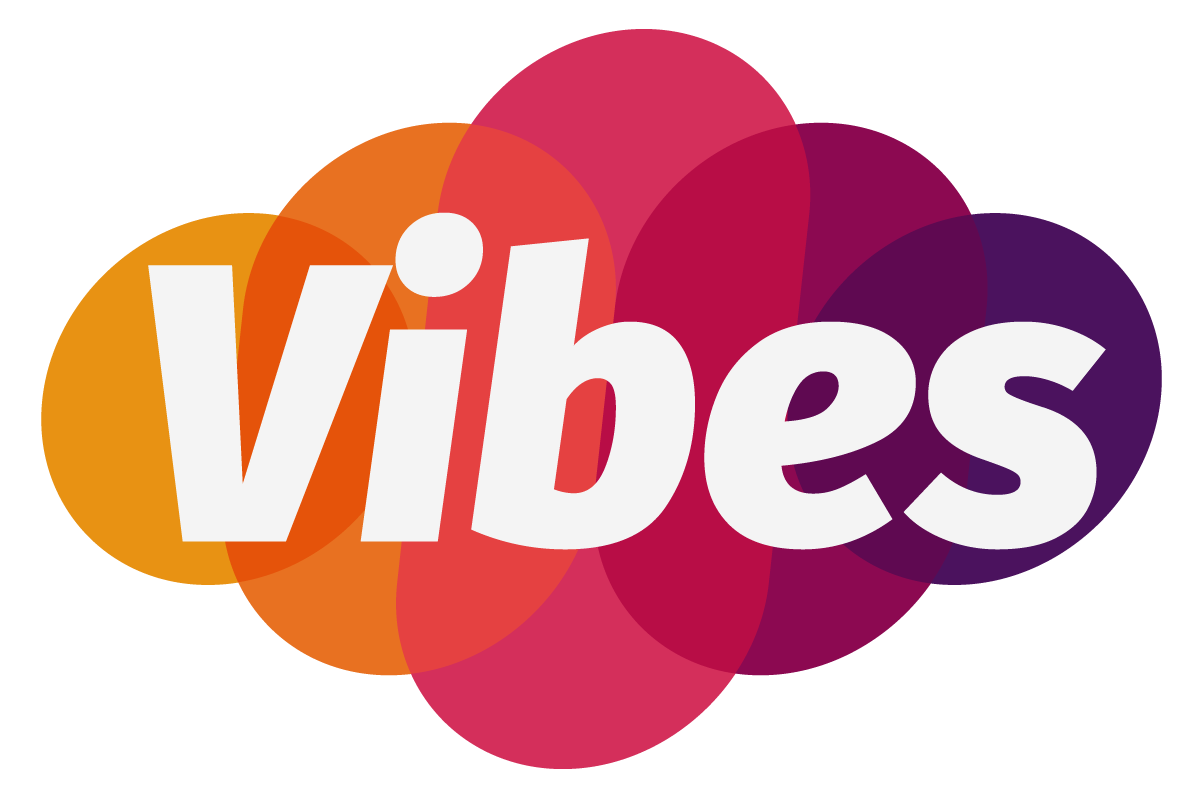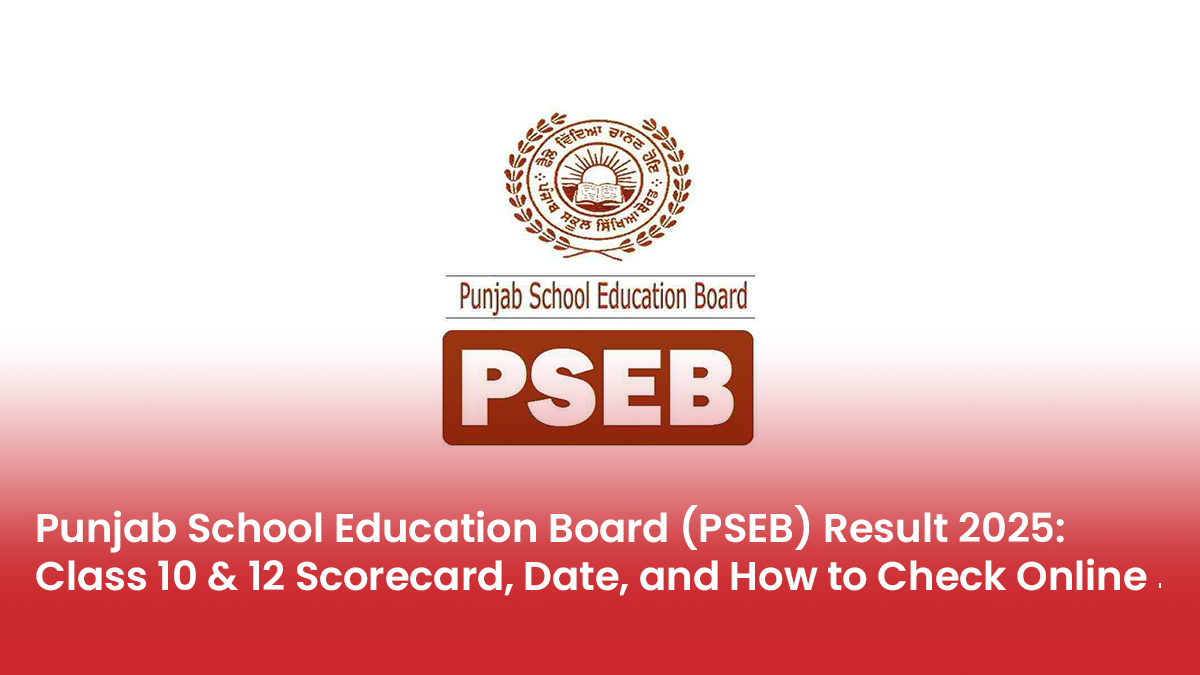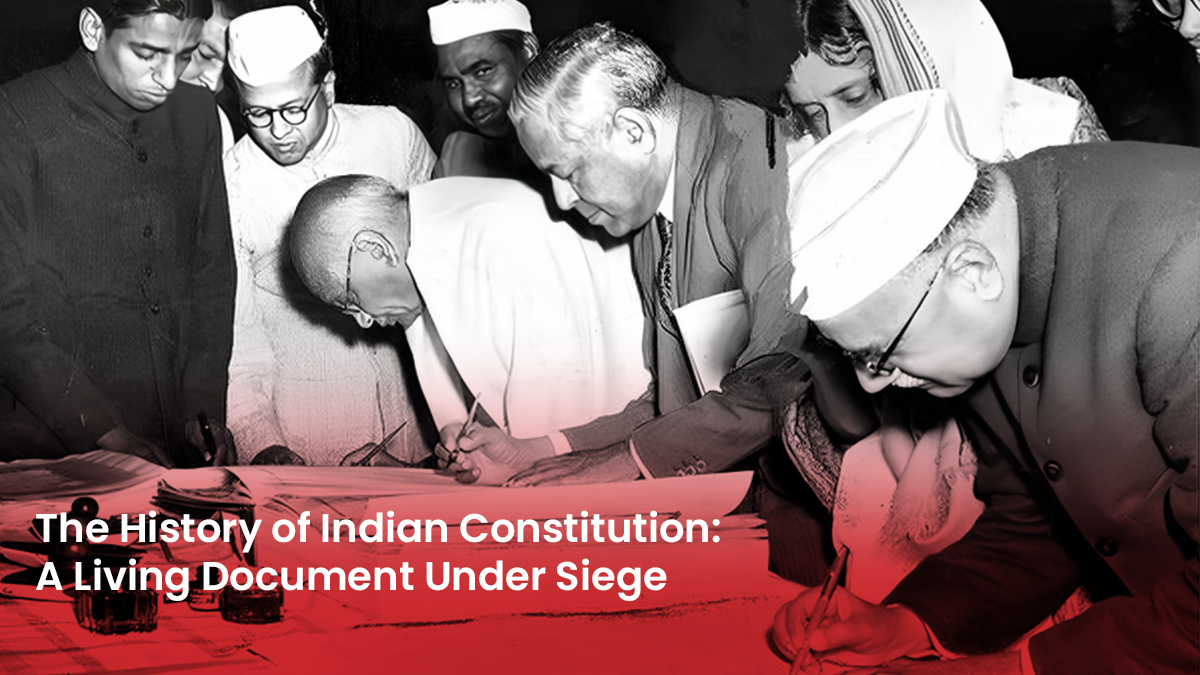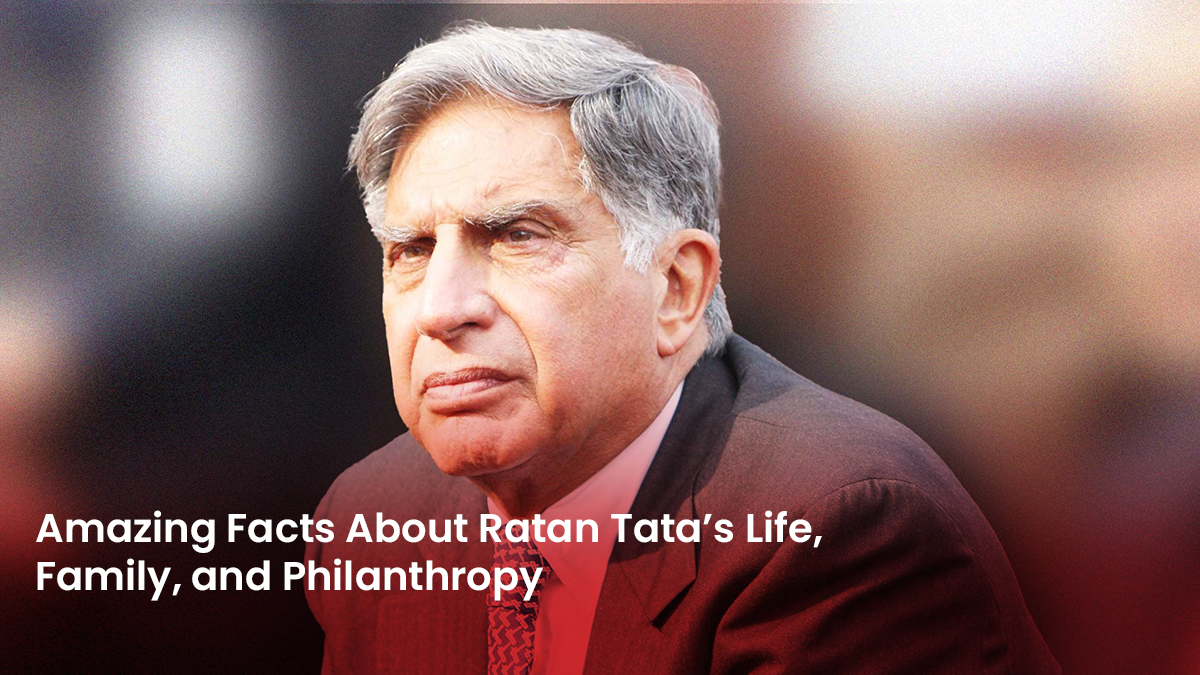The IIT JEE exam is like the Olympics for Indian students dreaming of engineering at prestigious IITs. It’s tough, no question, but with the right plan, it’s absolutely doable. If you’re wondering, “What is IIT JEE?” or scratching your head over “Difference between IIT and JEE,” this guide is your go-to. I’m sharing practical tips, like I would to a younger sibling, covering the IIT full form, syllabus, books, and prep strategies for 2025. Whether you’re curious about the IIT JEE exam pattern, eyeing a JEE Mains crash course, or aiming for JEE Advanced, here’s how to tackle it step-by-step, all from home.
What Is IIT JEE? Breaking It Down
First, let’s clear up “IIT JEE full form” and “What is IIT JEE?” IIT JEE stands for Indian Institutes of Technology Joint Entrance Examination. It’s a two-stage exam: JEE Mains and JEE Advanced. Mains is the gateway, testing Physics, Chemistry, and Math from Class 11–12. Clear it, and you can attempt Advanced, which is tougher and decides admission to IITs. Mains also qualifies you for NITs and other top colleges.
For those asking, “Difference between IIT and JEE,” IITs are the institutes—like IIT Delhi or Bombay—while JEE is the exam to get in. Think of JEE as the key, IIT as the door. The syllabus is NCERT-based but demands deep understanding, not just rote learning. Knowing this answers “IIT JEE” basics and sets the stage for prep.
Understanding the IIT JEE Exam Pattern
The IIT JEE exam pattern is your roadmap. Here’s the lowdown for 2025:
JEE Mains Pattern
- Mode: Computer-based, multiple sessions (January, April).
- Subjects: Physics, Chemistry, Math (75 questions total, 25 per subject).
- Marks: 300 (4 marks per correct answer, -1 for wrong).
- Types: MCQs and numerical value questions.
- Duration: 3 hours.
JEE Advanced Pattern
- Mode: Computer-based, two papers (both mandatory).
- Subjects: Same as Mains, but trickier.
- Marks: Varies yearly (~360 total), with MCQs, numerical, and match-the-following.
- Duration: 3 hours per paper, same day.
This answers “IIT JEE pattern” and “IIT JEE Advanced exam” queries. Mains tests speed; Advanced tests depth. Prep needs to balance both.
IIT JEE Syllabus Snapshot
The IIT JEE syllabus sticks closely to Class 11–12 CBSE but goes deeper. Key areas:
- Physics: Mechanics, optics, thermodynamics, electromagnetism, modern physics.
- Chemistry: Organic, inorganic, physical chemistry (think reactions, mole concept).
- Math: Algebra, calculus, coordinate geometry, trigonometry, vectors.
Check the NTA website for the full syllabus—it’s your bible. Starting early, like Class 11, gives you time to master it. This tackles “IIT JEE syllabus” and sets up your study plan.
Starting JEE Prep from Zero
If you’re thinking, “How do I even begin?”—don’t sweat it. Here’s a beginner’s game plan, answering “IIT JEE” prep from scratch:
- Know the Goal: Understand Mains comes first, then Advanced. Aim for a top 2.5 lakh rank in Mains to qualify for Advanced.
- Grab NCERTs: Read Class 11–12 NCERTs for Physics, Chemistry, Math to build basics. They’re like the foundation of a house.
- Set a Routine: Study 5–6 hours daily, mixing subjects. Maybe 2 hours Math, 2 Chemistry, 1 Physics.
- Solve Problems: Start with 10–20 questions per subject daily. Use past papers to get the vibe.
- Stay Positive: It’s a marathon. Celebrate small wins, like nailing quadratic equations.
This approach answers “How to prepare for IIT JEE” for newbies, whether starting in Class 11 or later.
Crafting a Winning JEE Prep Strategy
A solid strategy makes “IIT JEE Mains” and Advanced feel less like a beast. Here’s what I’ve seen work for students:
Daily Study Plan
Try this timetable:
- Morning (2 hours): Physics—learn formulas, solve numericals.
- Midday (2 hours): Chemistry—focus on reactions or periodic table.
- Afternoon (2 hours): Math—tackle calculus or geometry.
- Evening (1 hour): Revise or take a mini-test.
Focus on Problem-Solving
JEE loves twisting concepts. Solve 50–100 questions weekly per subject. Start easy, then hit tough ones from past papers.
Master Time Management
Practice tests under 3 hours. It’s a skill, like batting in cricket—speed and accuracy win.
Balance Mains and Advanced
Mains needs broad coverage; Advanced needs depth. Study NCERTs for Mains, then dive into complex problems for Advanced.
This plan answers “IIT JEE preparation strategy” and keeps you on track.
Best Books for IIT JEE Preparation
Books are your lifeline. For “IIT JEE books,” here’s what I’d tell any student:
| Subject | Book | Why It’s Awesome |
| Physics | Concepts of Physics (Vol 1 & 2) by H.C. Verma | Explains concepts like a friend, great problems. |
| Physics | Problems in General Physics by I.E. Irodov | Tough but builds Advanced-level skills. |
| Chemistry | NCERT Chemistry (Class 11 & 12) | Covers 80% of Mains, perfect for inorganic. |
| Chemistry | Organic Chemistry by M.S. Chouhan | Makes reactions click, ideal for Advanced. |
| Math | Mathematics by R.D. Sharma | Tons of questions, from basic to brutal. |
| Math | Plane Trigonometry by S.L. Loney | Old-school but gold for trigo and coordinate. |
NCERTs First
NCERTs are non-negotiable for “IIT JEE Mains” prep—Chemistry especially. Physics and Math NCERTs clarify basics before you hit heavyweights like Irodov. These are your “IIT JEE books” starters.
JEE Mains Crash Course: Worth It?
For “IIT JEE Mains crash course,” these are great if time’s tight—like after “IIT JEE Mains March result” when you’re prepping for April or Advanced. A good crash course (online or offline) offers:
- Focused Revision: Covers high-weightage topics like mechanics or algebra.
- Mock Tests: Simulates exam pressure, boosts speed.
- Doubt Clearing: Quick fixes for tricky areas like thermodynamics.
Try platforms like Unacademy or Allen’s short courses. They’re intense, 4–6 weeks, and best if you’ve studied before. This answers “IIT JEE Mains crash course” for last-minute pushes.
Prepping for JEE Advanced
“IIT JEE Advanced” is the real deal—only the top 2.5 lakh from Mains qualify. Here’s how to shine:
- Deep Dive: Focus on tricky topics like rotational motion or named reactions.
- Past Papers: Solve 10 years’ worth. Advanced loves surprises, so expect curveballs.
- Mock Tests: Take 2–3 full tests weekly in April–May. Time both papers (3 hours each).
- Stay Calm: Advanced is brutal, but confidence is key.
This tackles “IIT JEE Advanced exam” prep and builds grit.
Studying Without Coaching
Coaching’s great, but not mandatory. For home prep:
- YouTube Gems: Channels like Physics Wallah or Unacademy break down calculus or organic chemistry.
- Apps: BYJU’S or Vedantu for quizzes and live classes.
- Study Groups: Chat with friends about vectors or stoichiometry—it sparks clarity.
- Mock Tests: Free ones online mimic JEE’s vibe.
This answers “How to prepare for IIT JEE” solo, saving bucks.
Extra Resources to Boost Prep
Top YouTube Channels
- Physics Wallah: Alakh Pandey makes Physics and Chemistry fun.
- Unacademy JEE: Toppers share hacks for Mains and Advanced.
- Khan Academy India: Free, clear Math and Physics videos.
Apps to Try
- Vedantu: Live classes, question banks.
- JEE Main Guru: Free past papers and solutions.
- BYJU’S JEE: Structured lessons, mock tests.
These help with “IIT JEE” prep on a budget.
When to Start?
Start in Class 11 for a relaxed pace—2 years let you master concepts. Class 12 is fine too, but you’ll need 6–8 hours daily. Droppers can crack it in 10–12 months with focus. This answers “How to prepare for IIT JEE” timing questions.
Handling the Rough Patches
JEE prep isn’t easy. Syllabus feels endless—tackle one chapter daily, like aldehydes or matrices. Physics tripping you up? Give it an extra hour. Feeling low? Take a walk, talk to family—it recharges you. Forgetting formulas? Flashcards or sticky notes work wonders.
Why JEE Is Worth the Grind
JEE isn’t just about IITs—it’s about proving you can solve hard problems, a skill for life. Even if you land at an NIT, the journey sharpens your brain. You’ll learn to think, not just memorize, which is huge in any career.
Conclusion
Prepping for IIT JEE 2025 is a big adventure, but with NCERTs, books like H.C. Verma, and a timetable, you’re set. Whether aiming for “IIT JEE Mains” or dreaming of “IIT JEE Advanced,” balance study and practice—50 MCQs a day, weekly mocks. Crash courses help, but so do free YouTube videos. The “IIT JEE exam pattern” rewards speed and smarts, so keep at it. Grab a pen, start small, and chase that IIT dream—one formula at a time.

























